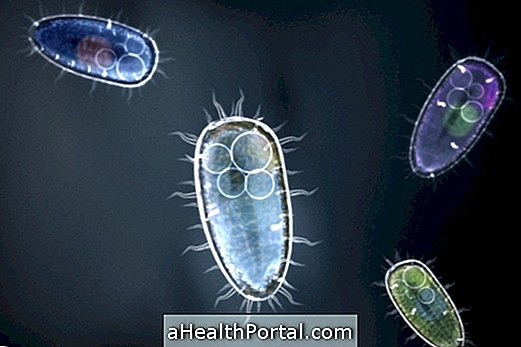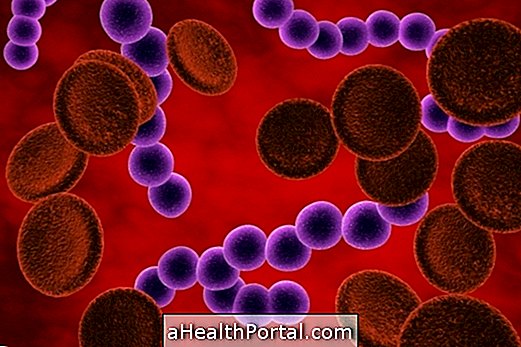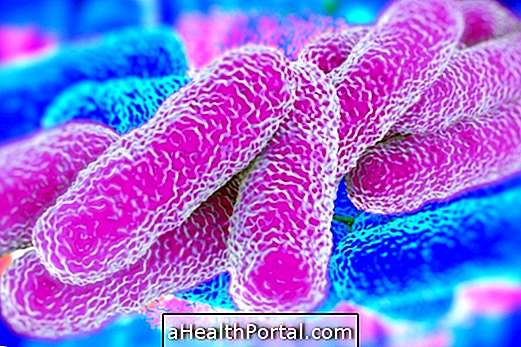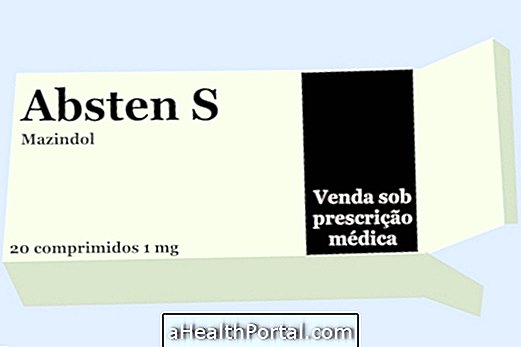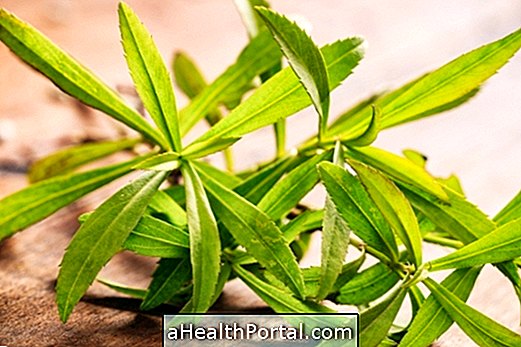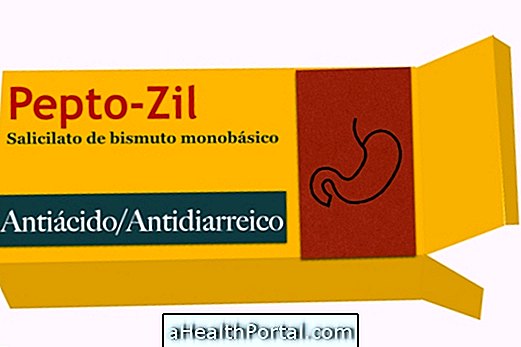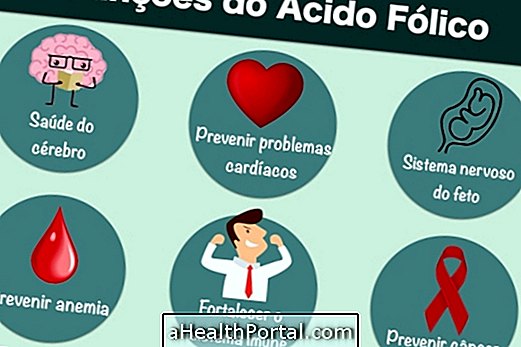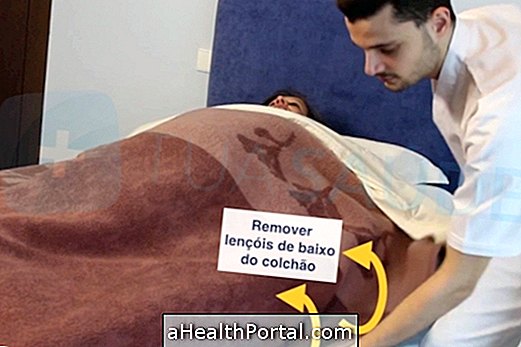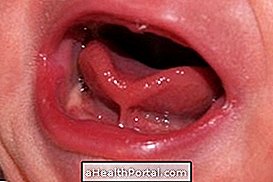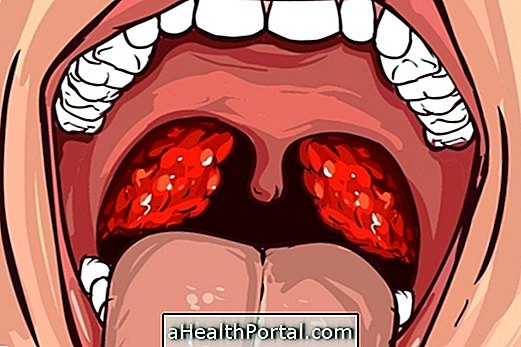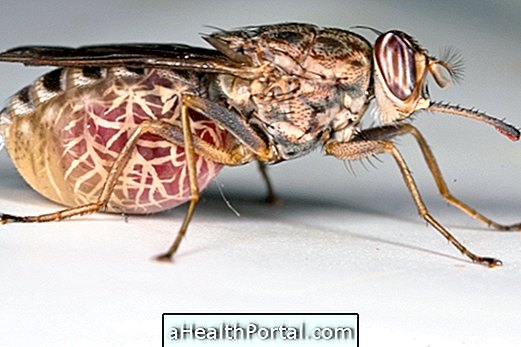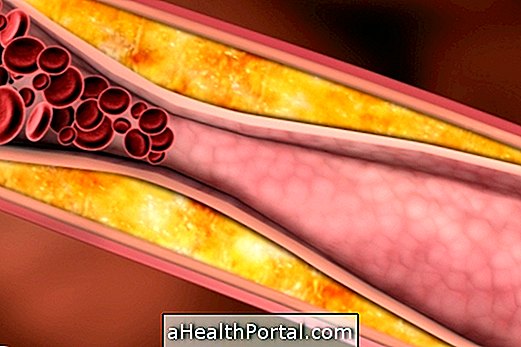Hookworm, also called Hookworm or, popularly known as yellowworm, is an intestinal parasite that is caused by worms that infect humans. The main symptoms of this disease are irritation in the skin, diarrhea and pain in the belly, besides being able to cause anemia.
The causative agents of hookworm are Ancylostoma duodenale or Necator americanus, which are nematelmint type worms. The disease can be transmitted through the penetration of the parasite through the skin, when walking barefoot on contaminated soil, especially in hot and humid climate countries, or through ingestion of food contaminated with the parasite.
The treatment is made with antiparasitic medicines like Albendazole for 3 days in a row, and it is also very important to take measures to prevent this contamination, such as avoiding barefoot and having good hygiene habits, such as washing hands and sanitizing food before eating.

Main symptoms
Signs and symptoms of hookworm include:
- Injury to the skin site where the larva has penetrated with redness, itching and irritation;
- Cough;
- Breathing with noise;
- Bellyache;
- Diarrhea;
- Loss of appetite and weight loss;
- Anemia and pallor;
- Delayed growth and mental development in children.
This disease is known as yellowing, because the anemia caused by the action of worms in the intestine can cause a pallor or a yellowish skin tone. Check for other symptoms that may also indicate worm contamination.
To confirm the diagnosis of hookworm, it is necessary to go to the general practitioner or family doctor, who will examine the symptoms, the physical examination and ask for stool tests, which detect the presence of worms in the intestine.
Biological cycle of Anciolostomiasis

The transmission of hookworm occurs as follows:
- The larvae of the worm penetrate through the skin, at which time small skin lesions, itching and redness may appear;
- The larvae reach the bloodstream, where they migrate through the body, reaching the heart and then the lungs;
- They then fall into the lung secretions, reaching the bronchi, trachea, mouth and being swallowed until reaching the stomach and finally the small intestine;
- In the intestine, the worms mate and reproduce, giving birth to eggs, which are eliminated through the feces;
- In moist soils, especially in tropical locations, eggs hatch, giving rise to new larvae that can infect more people.
Individuals living in rural areas are more likely to be infected due to constant contact with the ground when walking barefoot, or lack of basic sanitation in the region.
How is the treatment done?
Treatment for hookworm is usually done with antiparasitic drugs such as Albendazole or Mebedazole for 3 consecutive days to eliminate the parasite from the body. In addition, the doctor may also prescribe iron supplements if the patient has anemia.
Also check out some home remedies to combat this worm in the following video:

Forms of prevention
To avoid contamination with this worm it is important to avoid walking barefoot, in order to avoid direct contact with the soil. See other verminoses and diseases that can be transmitted by the soil.
It is also important to have good personal hygiene and food habits, such as washing food well before eating and washing hands before handling food, for example.

